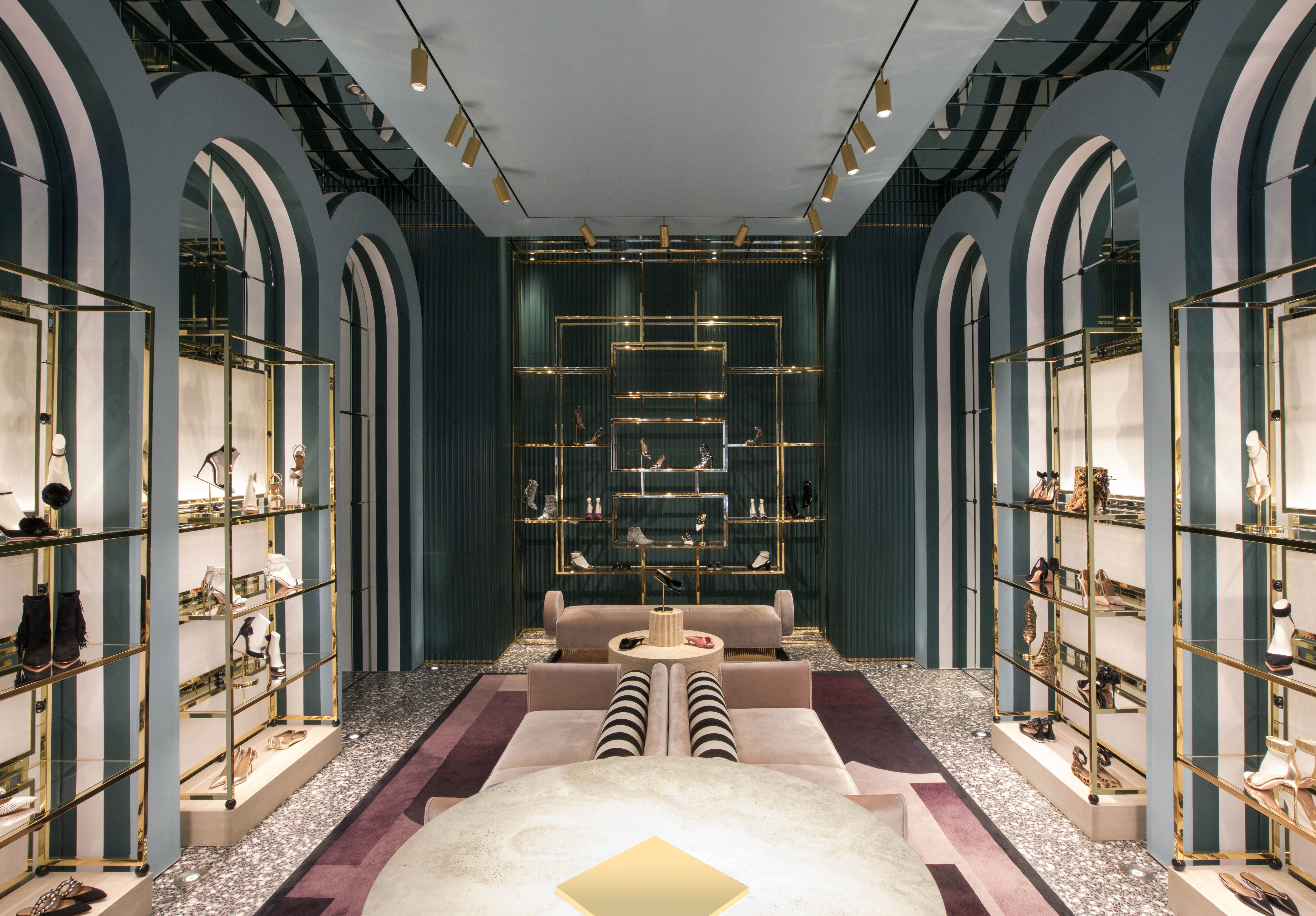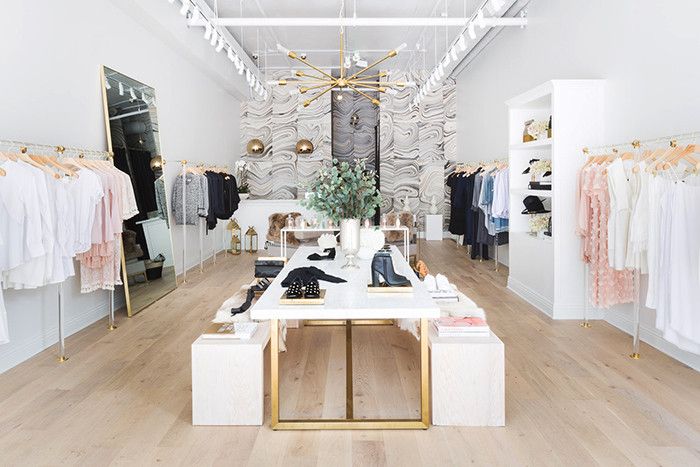A Beginner's Guide to Navigating the Boutique Fashion Scene
Checking Out the Advancement and Impact of Garments on Modern Style Trends
The evolution of garments has actually significantly influenced contemporary style fads, merging historic precedents with sophisticated technologies. Famous numbers like Coco Chanel and Yves Saint Laurent revolutionized the garment industry by introducing concepts that prioritize comfort and accessibility, which continue to resonate today. Technical strides in areas such as 3D printing and wise textiles are redefining style opportunities and consumer experiences (boutique fashion). Furthermore, the growing emphasis on inclusivity and sustainability is reshaping industry standards. As we consider these diverse influences, one should doubt how these elements jointly redefine style's function in showing and shaping contemporary society.
Historic Style Influencers
In the tapestry of style background, certain numbers have left an indelible mark, forming the trends and styles that define entire ages. Coco Chanel, a revolutionary developer, redefined females's style by introducing comfy, sophisticated clothing that departed from limiting bodices.
Elsa Schiaparelli is one more critical figure, renowned for her avant-garde layouts that incorporated surrealist art, collaborating with Salvador Dalí to produce wayward pieces that tested conventional visual appeals. Her ingenious use of color and strong patterns reverberates in contemporary style. Yves Saint Laurent, on the other hand, equalized haute couture with prêt-à-porter collections, bringing path designs to the masses and establishing a criterion for modern-day ready-to-wear lines.
These dreamers, amongst others, not just reinvented style in their times yet also set enduring patterns that reverberate in today's garment industry, giving a foundation upon which modern developers continue to innovate and construct. Their heritages highlight the value of imagination and daring in style's ever-evolving story.
Technological Improvements in Style
In the middle of the dynamic landscape of the fashion market, technical innovations stand at the forefront of technology, improving how designers develop and consumers engage with fashion. The combination of 3D printing has actually changed design processes, enabling designers to explore complex structures and sustainable materials that were formerly unthinkable. This technology promotes quick prototyping, minimizing waste and quickening production times.

Smart fabrics, embedding innovation right into textiles, are additionally changing the industry. Developments like temperature-regulating and self-cleaning fabrics provide enhanced functionality and convenience. Wearable modern technology, incorporating attributes like fitness tracking and interaction, adds a brand-new dimension to fashion, merging aesthetic appeals with usefulness.
Cultural Changes and Style
As technical developments proceed to improve the style market, social changes are similarly significant, redefining style and consumer choices. Over the last few years, the surge of social networks systems has sped up the dissemination of international fashion fads, permitting diverse cultural influences to assemble and exist together. This electronic interconnectivity has actually promoted the fast exchange of ideas, causing an extra eclectic and comprehensive interpretation of style that reflects the diverse nature of modern-day culture.
Social recognition and admiration have actually triggered designers to attract ideas from a more comprehensive spectrum of historical and ethnic contexts, incorporating standard concepts with modern aesthetic appeals. This blend has actually caused style that reverberates with a bigger target market, advertising a feeling of identity and belonging throughout different demographics. In addition, the boosting need for customization has driven brand names to supply customizable choices, enabling consumers to share uniqueness while showing their cultural heritage.
Furthermore, changing social worths have impacted style, with inclusivity and variety coming to be main themes. The sector has actually started to accept designs and influencers of different type of body, ethnic cultures, and gender identities, difficult traditional elegance criteria. This transformation underscores the power of cultural visit their website shifts in forming the future of style, as design comes to be a much more authentic expression of personal and cumulative identification.
Sustainability and Modern Style
While the style market continues to progress, the important for sustainability has ended up being progressively urgent, influencing modern-day layout techniques. The increase of sluggish style, which highlights high quality over quantity, encourages consumers to invest in timeless pieces rather than short-term trends.
Moreover, contemporary style is identified by its technology in reducing waste and advertising circularity. Techniques such as zero-waste pattern cutting and 3D knitting are getting grip, enabling developers to develop garments with minimal textile wastefulness. Additionally, brands are adopting transparent supply chains, making certain liability and promoting customer depend on. This strategy not only reduces environmental effect however likewise enhances the social duty of style homes.

Future Trends in Style

Sustainability will certainly proceed to be a driving force in forming future fashion fads. The market is increasingly taking on eco-friendly products and honest manufacturing approaches, reacting to an expanding consumer need for accountable practices. Technologies such as bio-fabricated products and closed-loop recycling systems are established to redefine exactly how garments is created and taken in, minimizing environmental impact while maintaining style and quality.
Cultural changes, consisting of the surge of inclusivity and variety, will also play a pivotal duty. As society becomes a lot more mindful of social problems, fashion is anticipated to become a system for expression and Learn More change. Designers will likely concentrate on producing collections that reflect a wider variety of experiences and identifications, championing depiction and accessibility.
Final Thought
The advancement of clothing considerably impacts contemporary style fads, where historic influences merge with contemporary layouts. This recurring advancement highlights style's function as a mirror to social values and technical advancement, suggesting a future rich with development and inclusivity.
The development of garments has actually significantly influenced modern fashion trends, merging historic criteria with sophisticated technologies.Among the dynamic landscape of the fashion industry, technological developments stand at the forefront of innovation, improving just how designers create and customers involve with fashion.While the style sector continues to evolve, the necessary for sustainability has become significantly immediate, influencing modern-day style practices. As sustainability comes to be embedded in modern-day style, it leads the method for a more liable and aware style market.
The evolution of apparel dramatically affects modern style patterns, where historical impacts combine with modern styles.